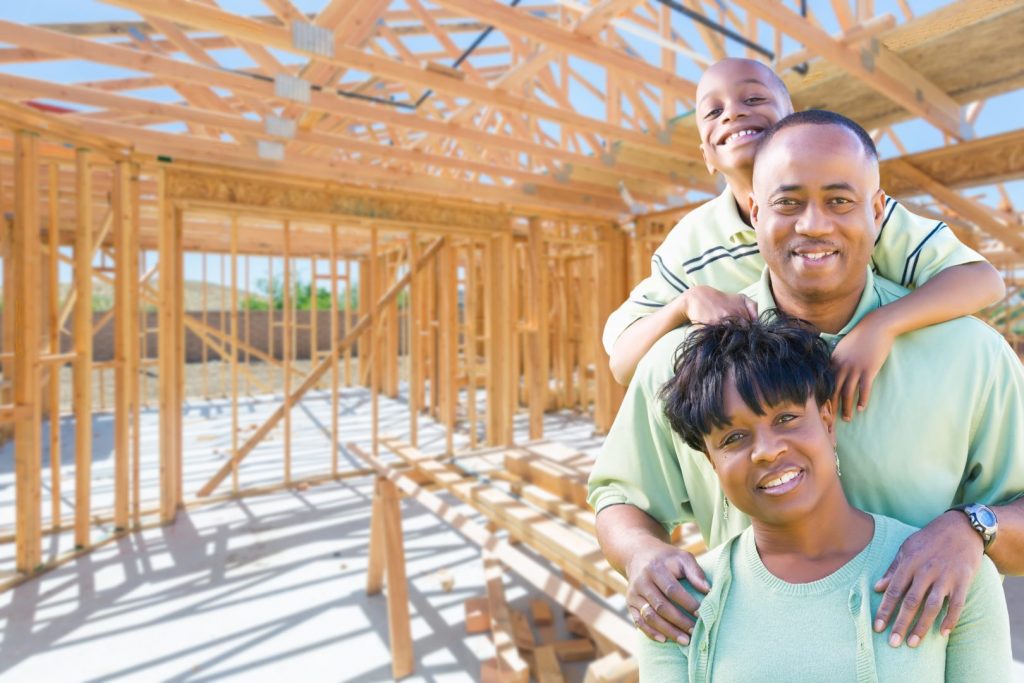
Watching a new home being built for us is exciting, but it may be totally unnecessary because we already have a serviceable old-friend that we can continue to occupy as we age in place
There are plenty of available homes in any given marketplace for people to look at and consider occupying – new construction, a custom home built just for them, previously owned and occupied homes, and even rental apartments and condominium units. However, this situation is moot for people who have decided to remain where they are and age in place. Considering other housing options, other than just a passing interest in the marketplace to see what is available, is irrelevant for them. They are not moving!
People have been discovering – and this certainly is not a new concept but one gainly in popularity – that they can live within the friendly confines of a home they have grown to love over the years and a home which, for the most part, loves them back. It’s not always a perfect match, and this is how we, as aging in place specialists, can help. Even when it’s not perfect, the concept is solid that allows people who have occupied their home for many years to remain there and for this to be the final home – their permanent, forever, or long-term home.
Of course, people enjoy looking at new homes and will still purchase new construction because it comes with many benefits for them – well landscaped neighborhoods, often with on-site amenities, lakes, fountains, trails, sidewalks, brand new appliances and fixtures, choice of flooring and colors, choice of cabinets, and many more features that they get to select. Plus, new construction comes with brand new systems that require no maintenance in the short-term and are quite energy efficient. Everything in the home comes with a minimum of a one-year warranty and often much longer than that. There are definite advantages for purchasing new construction, yet the current home has to be considered as a viable alternative.
Purchasing a classic older home that someone has restored or updated can seem quite attractive also because it will be found in a well established, attractive looking neighborhood. Chances are good that many of the interior features will have been upgraded and may be relatively new still. Nevertheless, both the new home and the classic resale property are unknowns. The current home that someone occupies is quite familiar to them, even if it does need some work or improvements. At least those are well-known and not something that needs to be discovered in a new property.
People can choose a rental apartment, single family home, or condominium unit and avoid the long-term maintenance commitment, but they also lose the opportunity to make that home their friend the same way they would if they had an ownership commitment with it. In a sense, the rental unit only owes them a place to stay and nothing more. A home that we own owes us so much more emotionally.
Therefore, regardless of how much work a home that we own and live in might need, how much TLC might be required, how much neglect it may have had from time-to-time in certain areas, how much our needs may have changed over the years since we originally chose and moved into it, how well it has maintained its appearance, how well it has or has not shown its age, and many other factors inherent in having a long-term relationship between us and our home, we feel a commitment to putting in the effort to continue aging together.
We don’t need to look for answers outside our current home. While moving in with family (our adult children) can be a viable option in certain situations – when having us closer to the grandkids would help all concerned or when being nearer to someone who could monitor our activities as well as give us a collective living environment through an attached or detached auxiliary dwelling unit – this is not preferable to remaining independent in our current homes.
Likewise, choosing some type of managed or institutional care living arrangement may have advantages in terms of providing a social setting where we could be around other people and interact with them, have our housekeeping done for us, and in many cases, have meals prepared, activities provided, and health care services available, this is still less attractive and desirable than remaining at home and aging in place.
There are just so many reasons for staying in one’s present home and so many products that are being developed along with professional services and insurance plans that are being offered to allow people to remain in their present homes without changing addresses that we ought to allow this to work – and encourage it. We can help people make modifications as necessary to their current homes, but they can and should remain their forever homes. This is the point of aging in place.
